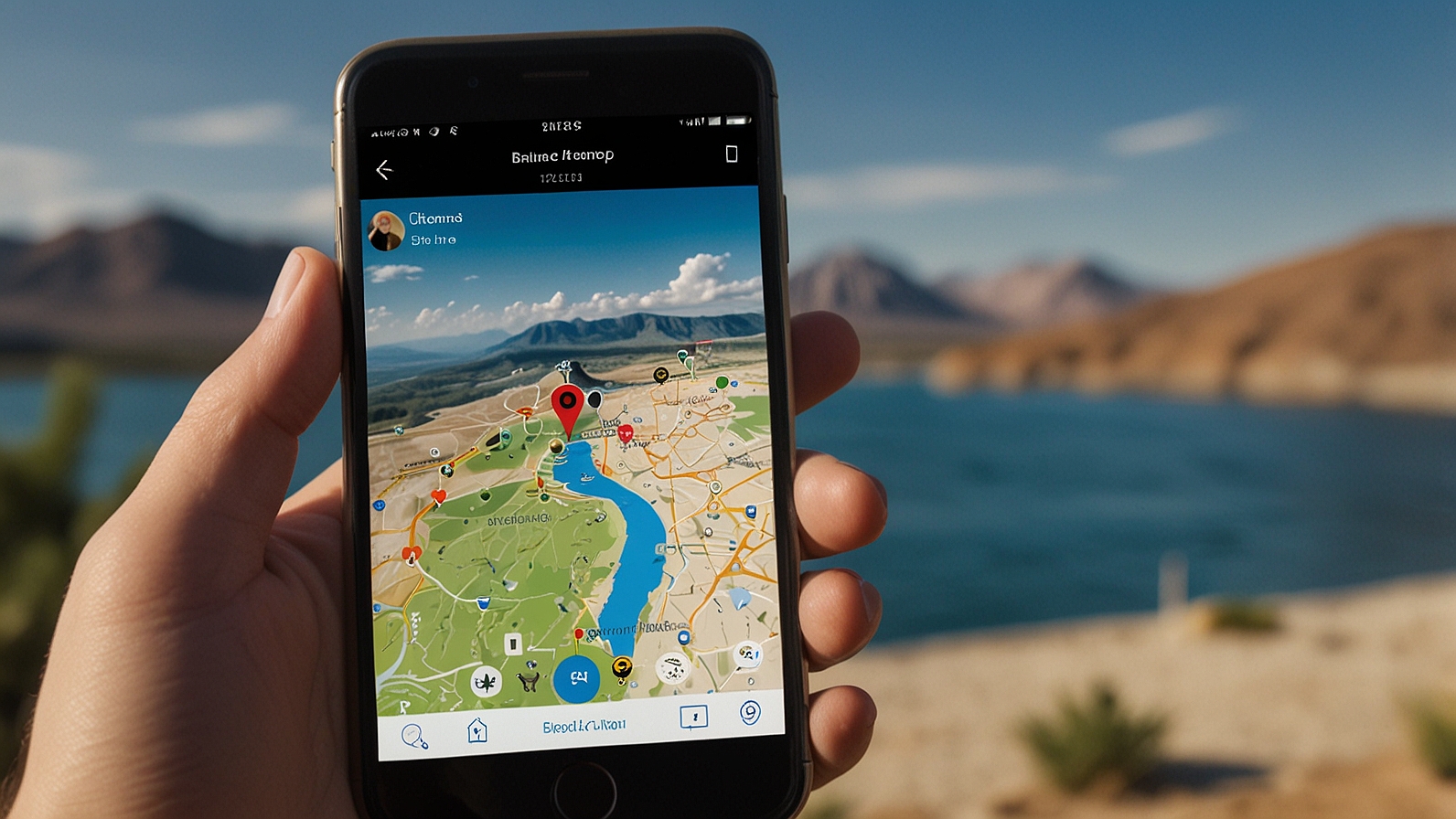Food is not just sustenance—it’s a key part of any culture, a gateway to a destination’s history, traditions, and local identity. For travelers, there’s no better way to immerse yourself in a new location than through its food. And while trying street food or visiting local restaurants can be exciting, nothing beats a curated food tour. These tours give you the chance to savor authentic dishes, learn about their origins, and meet passionate local chefs and food artisans. Here’s a look at some of the world’s best food tours that promise to satisfy your taste buds and deepen your cultural connection.
1. Bangkok, Thailand: A Street Food Journey
Bangkok is famous for its vibrant street food scene, and a food tour through the city’s bustling streets is a must. You’ll find everything from spicy papaya salad to fragrant pad Thai sizzling in woks. Many food tours in Bangkok focus on local neighborhoods like Chinatown and Yaowarat, where you’ll sample a range of traditional Thai snacks, including mango sticky rice, crispy fried noodles, and Thai iced tea. These tours often include a visit to local markets, giving you an insider’s look at ingredients you wouldn’t normally see. Try a guided tour through Bangkok Food Tours, which provides both food and cultural insights, including history behind each dish.
2. Tuscany, Italy: A Journey Through Wine and Olive Oil
Tuscany’s rolling hills are famous not only for their beautiful landscapes but also for their food and wine. A Tuscan food tour typically involves visits to vineyards, olive farms, and local markets where you can taste some of the finest wines and extra virgin olive oils. These tours often offer cooking classes where you’ll learn to prepare traditional dishes like ribollita (a hearty soup) or pappardelle with wild boar ragù. Tuscany Tours offers comprehensive packages that pair wine tasting with scenic views, providing an unforgettable culinary experience. Whether you’re an amateur cook or a seasoned sommelier, this is a great way to dive into Italian flavors.
3. Barcelona, Spain: Tapas and Markets
Barcelona is a paradise for food lovers, and one of the best ways to experience it is through its tapas. From simple but delicious patatas bravas to elaborate jamón ibérico, Barcelona’s tapas scene is both varied and rich in flavor. A food tour here will take you through the lively streets of the Gothic Quarter and the colorful La Boqueria market. You’ll get a taste of both traditional and contemporary Spanish cuisine. Try Devour Barcelona Food Tours, which offers small group tours where you’ll stop at family-owned restaurants to sample authentic Spanish dishes, including local wines, cheeses, and cured meats.
4. Marrakech, Morocco: Spices and Sweets
Marrakech is a sensory overload of colors, sounds, and smells, and its food is just as exciting. The city’s food tours take you through bustling souks (markets) where the air is filled with the intoxicating aroma of spices like cumin, coriander, and saffron. Sample tagine (a slow-cooked stew), fresh mint tea, and the famed Moroccan pastries, such as baklava and briouats. A walking food tour in Marrakech not only fills your stomach but also provides insights into the history and cultural significance of these dishes. Marrakech Food Tours offers an immersive experience where you can explore the city’s cuisine with expert local guides who explain the use of spices and the intricacies of Moroccan cooking.
5. Mexico City, Mexico: A Culinary Fiesta
Mexico City is a melting pot of flavors, from indigenous ingredients to Spanish influences. A food tour in this vibrant city will take you through colorful markets, taco stands, and local eateries. Taste everything from rich mole poblano to delicious tamales and crunchy tlayudas. Eating Mexico Food Tours offers tours through neighborhoods like Coyoacán and Roma, where you can sample traditional Mexican dishes and learn about their history and cultural importance. Street food is a huge part of the experience, so be sure to try tacos al pastor, churros, and a variety of salsas that add heat and flavor to every bite.
6. Ho Chi Minh City, Vietnam: A Flavorful Feast
Vietnamese food is all about balance—sweet, sour, salty, and spicy—and Ho Chi Minh City (formerly Saigon) is the perfect place to experience these flavors. A food tour here will introduce you to dishes like pho (Vietnamese noodle soup), banh mi (Vietnamese sandwich), and goi cuon (spring rolls). Many tours take you to hidden gems in the city, where you’ll sample dishes not typically found in tourist areas. Saigon Street Food Tours offers an authentic experience that combines food with culture, guiding you through the city’s vibrant food scene, from street carts to family-run eateries.
7. Istanbul, Turkey: A Fusion of Flavors
Istanbul is a crossroads of cultures, and its food reflects that rich history. A food tour in this fascinating city will offer you everything from savory kebabs to sweet baklava. The city’s markets, particularly the Grand Bazaar and the Spice Bazaar, are filled with mouthwatering offerings, from fresh simit (Turkish bread rings) to fragrant spices. Istanbul Eats offers a guided tour that takes you through local neighborhoods, where you’ll sample regional specialties, learn about Turkish culinary traditions, and discover hidden food gems off the beaten path.
Why Take a Food Tour?
Food tours do more than just satisfy your hunger—they allow you to engage with the heart and soul of a destination. They provide a chance to interact with local chefs and food artisans, explore markets, and learn about the traditions behind the dishes. Whether you’re savoring fresh pasta in Rome or sweet pastries in Paris, a food tour offers a deeper, more meaningful connection to a destination.
So, next time you’re planning your trip, consider adding a food tour to your itinerary. It’s a flavorful adventure you won’t soon forget!













